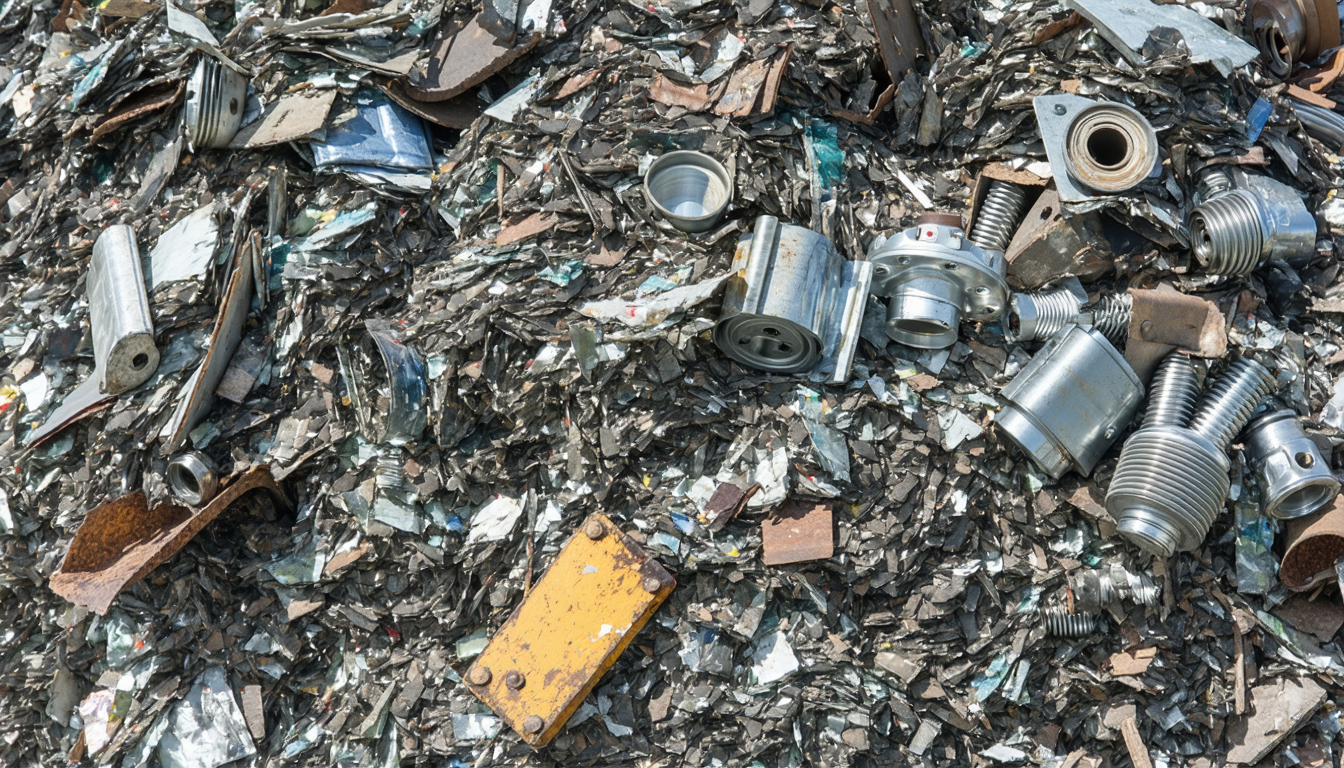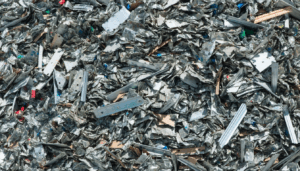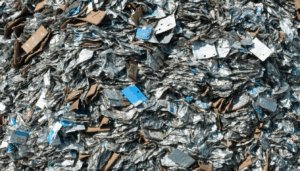Introduction
Scrap metal recycling is gaining momentum across the United States as industries, policymakers, and communities recognize its economic and environmental benefits. With rising demand for sustainable practices and raw materials, this sector is witnessing significant growth in 2023. From innovative technologies to new regulations, recent developments are reshaping how scrap metal is processed and reused. This article explores the latest trends, their impact on stakeholders, and what lies ahead for this vital industry. Stay tuned as we uncover the forces driving scrap metal recycling to new heights.
The Current State of Scrap Metal Recycling in the US
The scrap metal recycling industry in the United States is a powerhouse, contributing billions to the economy each year. According to the Institute of Scrap Recycling Industries (ISRI), the sector processed over 130 million metric tons of recyclable materials in 2022, with metals like steel, aluminum, and copper leading the charge. This not only conserves natural resources but also reduces landfill waste and greenhouse gas emissions.
In 2023, the industry has seen a surge in activity due to heightened demand for recycled metals in manufacturing and construction. The push for green energy solutions, such as electric vehicles and renewable energy infrastructure, has further fueled this trend. As a result, recycling facilities are scaling up operations to meet market needs.
Economic and Environmental Significance
Scrap metal recycling plays a dual role in supporting both the economy and the environment. Economically, it creates jobs—over 500,000 direct and indirect positions nationwide, as per ISRI data. It also provides affordable raw materials for industries, reducing reliance on costly imports.
Environmentally, recycling metals cuts down energy use significantly. For instance, recycling aluminum saves up to 95% of the energy required to produce it from raw ore. “The environmental benefits are undeniable,” says John Smith, a sustainability expert at GreenTech Solutions. “Every ton of recycled metal prevents unnecessary mining and lowers carbon footprints.”
Impact on Stakeholders
The ripple effects of this industry touch various groups, from small-scale scrap collectors to large manufacturers. Local communities benefit from cleaner environments and job opportunities at recycling plants. Meanwhile, businesses gain access to cost-effective materials, helping them stay competitive.
However, challenges persist. Fluctuating global metal prices can affect profitability for recyclers. Additionally, stricter regulations on waste management require investments in compliance. Despite these hurdles, many stakeholders view the long-term outlook as positive due to growing public support for sustainability.
Technological Innovations Driving Change
Technology is transforming scrap metal recycling with tools that enhance efficiency and safety. Advanced sorting systems using artificial intelligence can now identify and separate metals with precision, reducing contamination. Robotics also streamline operations at processing facilities.
These innovations come at a crucial time. With the US aiming to achieve net-zero emissions by 2050, efficient recycling processes are essential. Industry leaders believe that continued investment in technology will be key to meeting national sustainability goals.
Future Outlook and Potential Developments
Looking ahead, scrap metal recycling is poised for further expansion. Analysts predict that by 2030, the industry could grow by 5-7% annually if current trends hold. Government incentives for green initiatives may also accelerate adoption among businesses.
On the flip side, some experts caution that supply chain disruptions or policy shifts could pose risks. Balancing economic viability with environmental goals will be critical. As Jane Doe, an economist at MetalWorks Research, notes, “Collaboration between policymakers and industry players is essential to navigate these challenges.”
Conclusion
Scrap metal recycling stands as a cornerstone of sustainable development in the United States. Its contributions to the economy, job creation, and environmental conservation are undeniable. While obstacles like price volatility and regulatory demands remain, technological advancements offer promising solutions. As the nation moves toward a greener future, this industry will likely play an even larger role. The path forward depends on innovation, collaboration, and a shared commitment to sustainability.
Frequently Asked Questions (FAQ)
-
What is scrap metal recycling?
It is the process of collecting, processing, and reusing discarded metals like steel, aluminum, and copper to create new products, reducing waste and conserving resources. -
Why is scrap metal recycling important in the US?
It supports the economy by creating jobs, saves energy compared to mining new metals, and helps reduce environmental pollution. -
How much metal is recycled annually in the US?
Over 130 million metric tons of recyclable materials, including metals, were processed in 2022, according to ISRI. -
What challenges does the industry face?
Key issues include fluctuating metal prices, regulatory compliance costs, and the need for advanced technology to improve efficiency. -
How can individuals contribute to scrap metal recycling?
People can participate by taking old appliances, vehicles, or metal items to local recycling centers instead of discarding them as trash.





